Axolotls
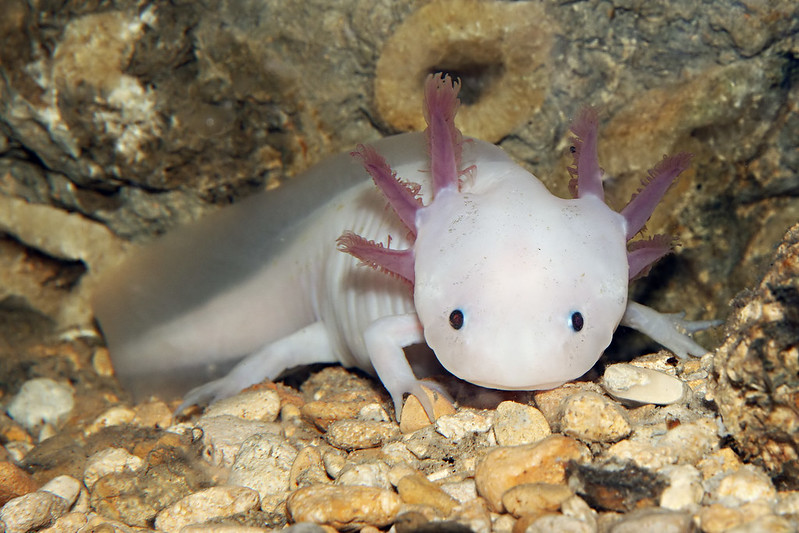
Axolotls are basically the superheroes of the regeneration world, and they do it all with a permanent smile on their faces. These adorable amphibians can regrow not just limbs but also their spinal cord, heart, and even parts of their brain. Unlike humans, who scar when healing, axolotls regenerate perfectly, as if nothing ever happened. Scientists are fascinated by this and hope to one day unlock the secrets of axolotl regeneration for medical advancements. Imagine a future where we could regrow lost limbs just like these little creatures!
What makes their regeneration even cooler is that it doesn’t decline with age—an old axolotl can regrow a limb just as well as a young one. This ability is linked to special cells that act like stem cells, allowing them to recreate complex tissues with ease. The more we study axolotls, the closer we might be to making human regeneration a reality, proving that sometimes, the tiniest creatures have the biggest secrets.
Starfish

Starfish might look delicate, but these ocean dwellers are tougher than they seem. If a starfish loses an arm, no problem—it just grows a new one. In some species, a single lost limb can regenerate an entirely new starfish, making them one of the most impressive regenerators in the animal kingdom. This ability helps them escape predators and recover from injuries that would be fatal to other creatures. The secret lies in their central nerve ring, which allows them to regrow lost parts without missing a beat.
What’s even more impressive is that starfish don’t rely on a brain like most animals—they use their nerve network to control regeneration. Their ability to heal is so remarkable that scientists study them to understand wound healing and tissue regrowth. So the next time you see a starfish on the beach, remember—it might just be in the process of growing a whole new body!
Lizards
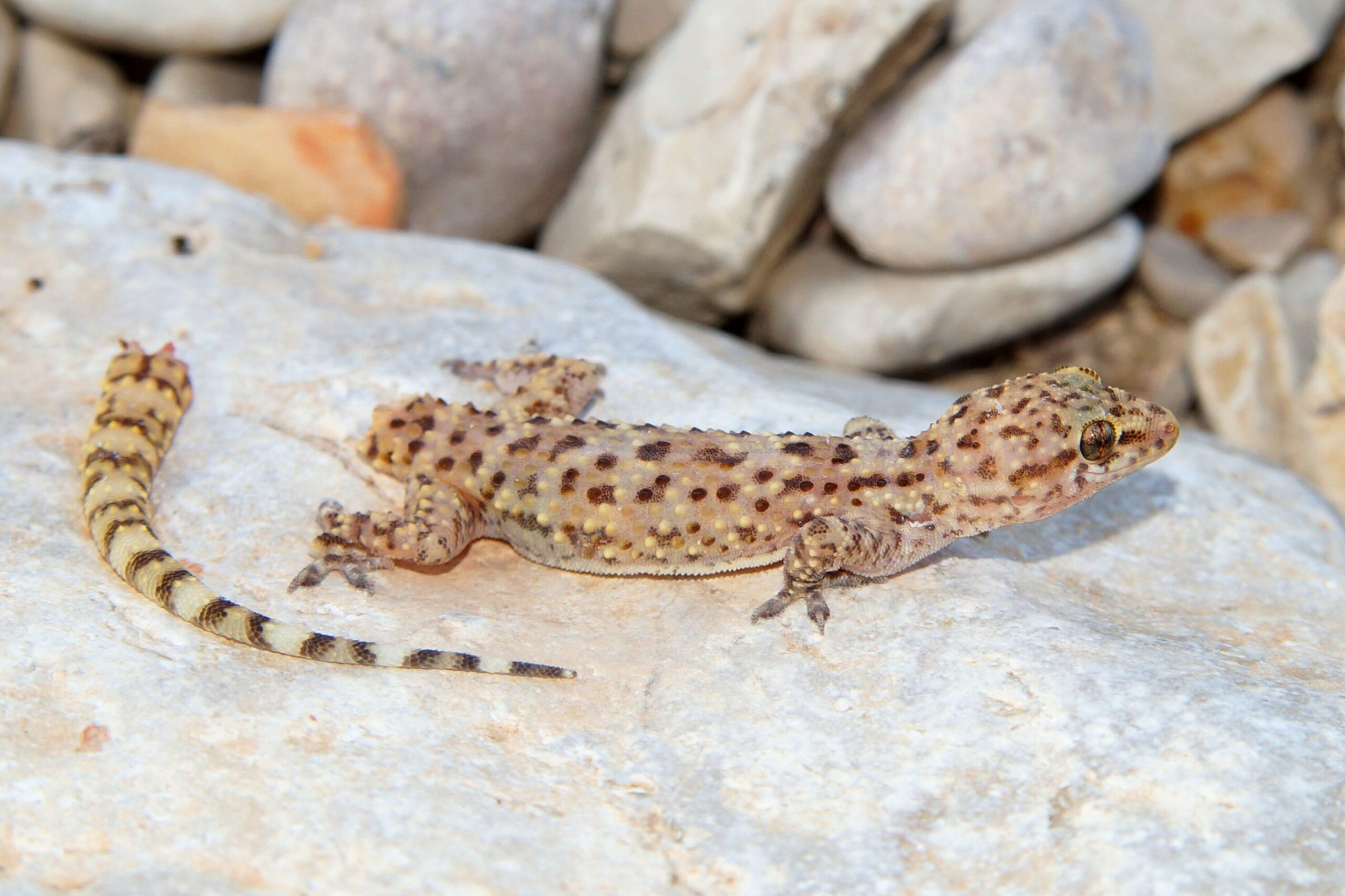
We’ve all seen it—poke a lizard the wrong way, and boom! Its tail falls off, leaving you both startled. But this isn’t just an accident; it’s a survival strategy. When a predator grabs onto a lizard, the reptile can drop its tail and make a quick escape, later regenerating a new one. The new tail isn’t always as perfect as the original, but it does the job, allowing the lizard to continue its daily adventures. It’s a fascinating trade-off between survival and functionality.
Scientists have discovered that lizards store stem cells at the base of their tails, allowing them to regrow the appendage over time. However, the new tail is often made of cartilage instead of bone, making it slightly different from the original. Even so, the process is an incredible example of nature’s ability to rebuild itself, proving that sometimes, a fresh start is just a lost tail away.
Planarians
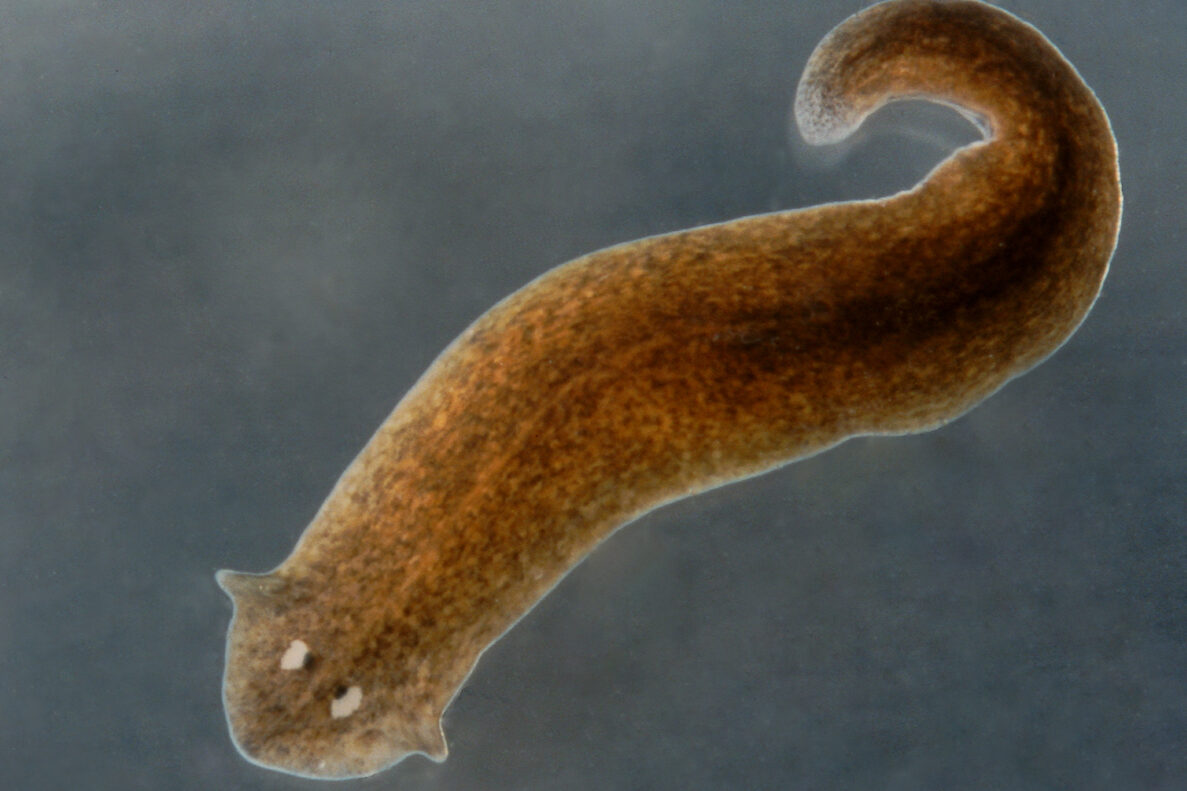
Planarians are tiny flatworms with a mind-blowing ability: cut one in half, and you get two new worms. In fact, a single planarian can be sliced into dozens of pieces, each growing into a whole new worm. This near-immortal regeneration is thanks to their large supply of stem cells, which allow them to rebuild from almost nothing. If that wasn’t enough, they can even regenerate their heads, complete with a working brain!
Scientists have been studying planarians to understand how regeneration could be applied to humans, particularly in neurobiology and tissue engineering. The fact that these simple-looking worms can accomplish such incredible feats makes them a goldmine for medical research. If humans had even a fraction of a planarian’s regenerative abilities, we’d be living in a completely different world.
Crabs
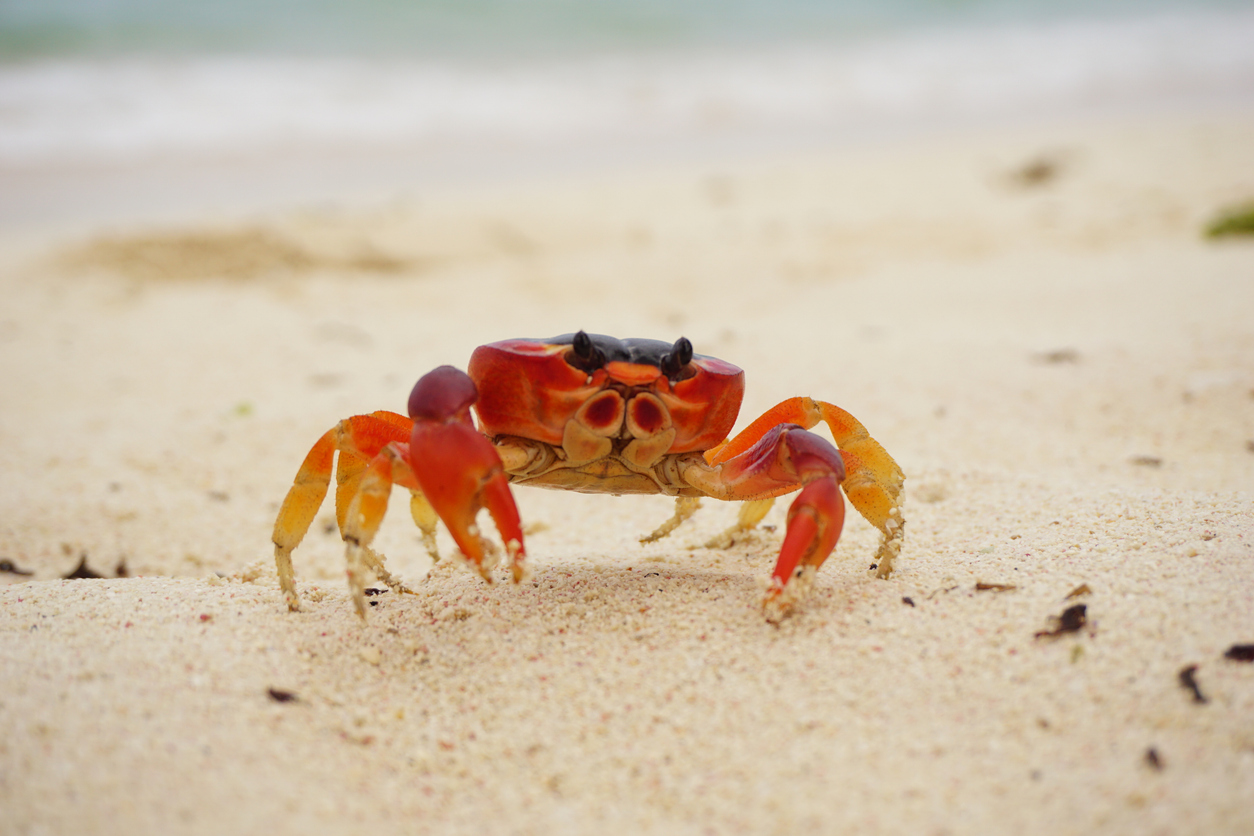
Crabs might look tough on the outside, but they have a surprising trick up their exoskeletons—they can regrow lost claws and legs. When threatened, a crab can actually drop a limb on purpose, a process called autotomy, to escape predators. While it might seem like a big sacrifice, crabs don’t stay one-limbed for long. Over multiple molting cycles, they regenerate their missing body parts, with each new molt bringing them closer to full size.
This ability helps them survive battles, predator attacks, and even unfortunate accidents. While the regenerated limb may start off smaller and softer, it strengthens over time, ensuring the crab can still hunt, fight, and defend itself. Scientists study crab regeneration to better understand wound healing and tissue regrowth, which could have applications in medicine. So the next time you see a crab with mismatched claws, just know—it’s a work in progress.
Jellyfish
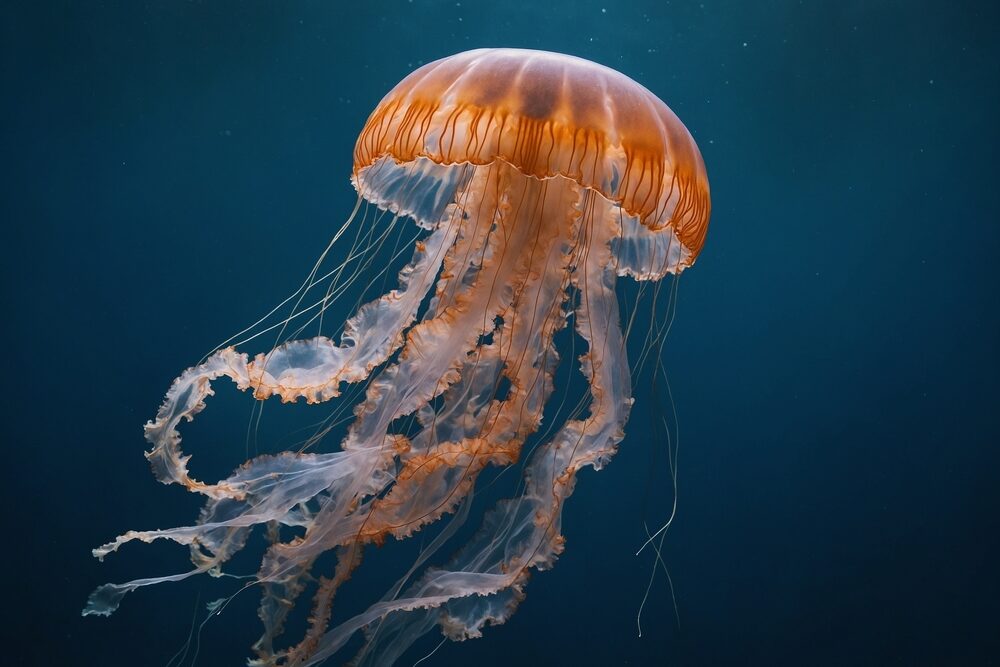
Jellyfish don’t just regenerate—they cheat death itself. Certain species, like Turritopsis dohrnii, can revert to an earlier stage of their life cycle when injured, essentially resetting their biological clock. Instead of growing old and dying like most creatures, they transform back into a young polyp and start their life all over again. It’s like having an infinite restart button, making them one of the closest things to immortality in the animal kingdom.
This incredible process, known as transdifferentiation, allows their cells to transform into different types, essentially renewing their entire body. Scientists are fascinated by jellyfish because their unique regeneration could hold the key to understanding aging and longevity. If we could harness their ability, we might unlock new ways to extend human life—proof that sometimes, the strangest creatures hold the most valuable secrets.
Salamanders
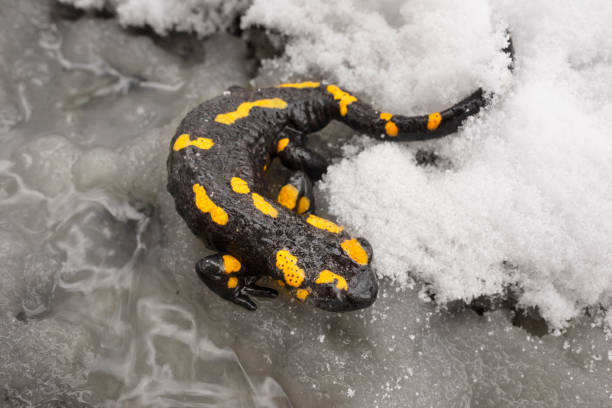
If there were a king of regeneration, salamanders would wear the crown. These little amphibians don’t just regrow lost limbs—they can regenerate spinal cords, eyes, tails, and even parts of their hearts and brains. Unlike many other animals, their new limbs don’t scar over but instead grow back perfectly, complete with bones, nerves, and muscles. The secret lies in their unique stem cells, which can turn into nearly any body part they need.
Researchers are fascinated by salamanders because their regeneration abilities could hold the key to human limb regrowth. If we can unlock their secrets, one day, amputees might be able to regrow lost limbs just as effortlessly. While that future is still far off, salamanders continue to amaze scientists with their near-magical healing abilities. Nature really outdid itself with these little guys.
Sea Cucumbers

Sea cucumbers take self-defense to a horrifying extreme—they literally spill their guts to escape danger. When threatened, they eject their internal organs, leaving a predator confused while they make a slow-motion getaway. It sounds like a death sentence, but sea cucumbers can regenerate their entire digestive system within weeks, making them one of the most bizarre regenerators in the ocean. This unique ability allows them to survive in the harshest conditions, where avoiding predators is a constant struggle.
The process is controlled by a special network of stem cells that can rebuild lost tissues with remarkable precision. Scientists believe studying sea cucumbers could lead to breakthroughs in organ regeneration for humans. So while their survival strategy might seem extreme, it’s actually a brilliant example of nature’s problem-solving skills—sometimes, losing your guts is the best way to stay alive.
Spiders
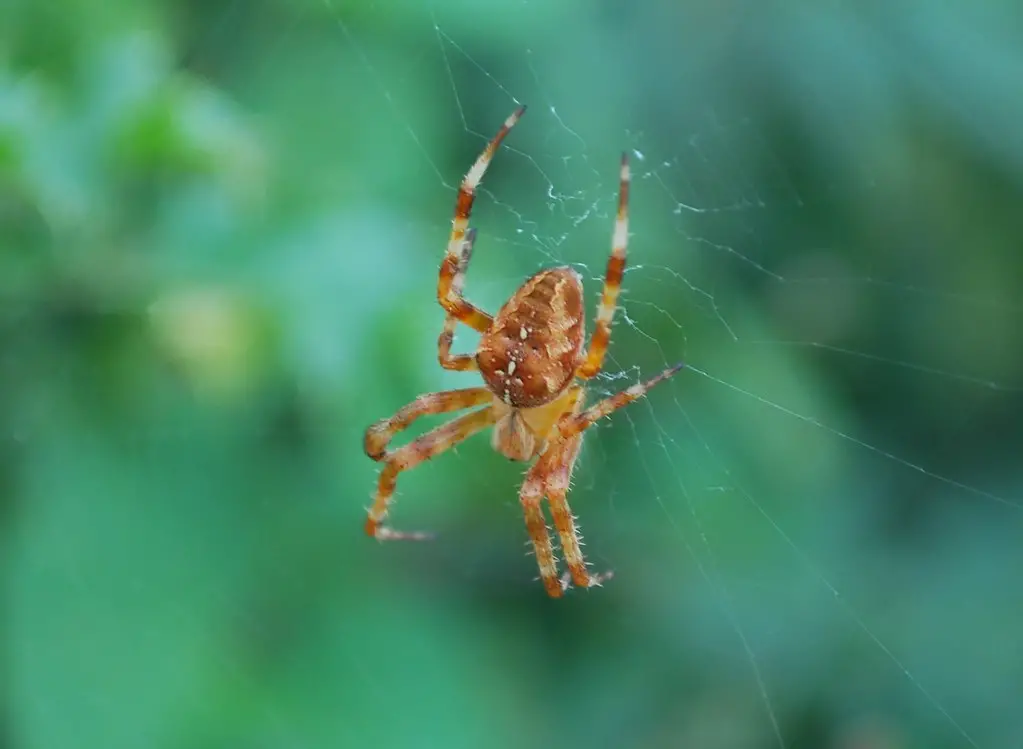
Spiders don’t just spin webs—they also have a built-in backup plan for lost legs. If a spider loses a limb, it can regenerate a new one over several molting cycles. While the new leg may start off smaller and weaker, it gradually grows back to full strength, ensuring the spider doesn’t lose its agility or hunting abilities. This is particularly useful for young spiders, who have more molts ahead of them to regrow lost limbs.
Researchers are intrigued by the spider’s ability to regenerate limbs because it could provide insight into wound healing and nerve regeneration. Understanding how spiders manage this feat might one day help humans recover from nerve damage or lost limbs. So the next time you see a spider missing a leg, just know—it’s probably working on growing a brand-new one.
Sharks

Sharks are living proof that nature doesn’t do “one and done.” Unlike humans, who get only two sets of teeth in a lifetime, sharks continuously regenerate their teeth, sometimes growing over 50,000 in their lifetime. Whenever a shark loses a tooth—whether from biting into prey or battling an unlucky rival—a new one immediately moves up to replace it. This conveyor belt-like system ensures they always have razor-sharp teeth ready for action.
This ability is made possible by special tissue in their jaws that produces new teeth indefinitely. Scientists hope to one day apply this knowledge to human dentistry, potentially creating ways to regenerate lost teeth. So while sharks might seem terrifying, they’re actually swimming dental miracles—ones that never need to worry about cavities.
Tardigrades

Tardigrades, also known as water bears, don’t just regenerate body parts—they practically refuse to die. These microscopic creatures can survive in extreme conditions, from boiling water to the vacuum of space, and they have an astonishing ability to repair damaged DNA. If a tardigrade loses a limb, it simply regenerates it over time, all while surviving radiation, dehydration, and freezing temperatures that would kill almost anything else.
Their ability to repair and regenerate themselves makes them a goldmine for scientific research. Scientists are studying tardigrades to see if their resilience can be applied to medicine, space travel, and even longevity research. While they may be tiny, these nearly indestructible creatures are rewriting what we thought was possible in the world of survival and regeneration.


